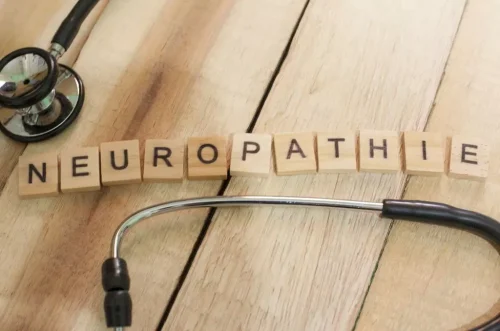
She received her Bachelor’s degree in Psychology from the University of California, Santa Barbara. Stephanie has been working in the treatment industry since 2014 and joined the Anchored Tides Recovery team as Clinical Director and Clinical Supervisor in 2024. She also enjoys working as a therapist and specializes in substance abuse, complex trauma, co-dependency, and anxiety/depressive disorders. Stephanie also has an interest in animal-assisted psychotherapy where she and her dog are certified as an official therapy dog team.

The 3 Stages of Alcoholism

We can’t then get frustrated with those people because we built out a cultural norm around it,” he says. “So the actual cause (of any health benefit) probably wasn’t the alcohol at all,” Dr. Oesterle says. Not valid on previous purchases or when combined with any other promotional offers. If, for whatever reason, it prevents you from getting help and quitting alcohol, let it go. Rejecting that label meant I could not see alcohol as the real villain in my life. I used to wake up every morning feeling like my heart would explode out of my chest.
Drinking Patterns: Who is at Risk?
Likewise, 8 ounces of ABV malt liquor (7%), 5 ounces of ABV wine (12%), and 1.5 ounces of distilled spirits (40% 80-proof) make up a drink. Murphy’s favorite treatment activities https://ecosoberhouse.com/ are Lunch, Reiki, Process group, and sitting in on individual sessions. Bunny’s favorite activities are Lunch, DBT, and also sitting in on individual sessions.

Finding Help For Alcoholism And Functioning Alcoholics

Her unwavering passion to help others stems from her commitment to give back after overcoming her own 17-year addiction. Kelli iscurrently working towards a degree in Business Administration along with being a loving mother to her husband, and two sons. In her free time, Kelli is active in the recovery community and lends her support to nonprofit organizations to help those Do Alcoholics Drink Every Day in underserved communities. Anyone who plans to seek treatment for an AUD may first consult their doctor. A doctor can evaluate a person’s drinking pattern and overall health and craft a treatment plan. Heavy drinking is the most common pattern of excessive alcohol use in the United States — 1 in 6 adults drink excessively, and 25% of them do so at least weekly.
After more analysis of the research, that doesn’t seem to be the case. In general, a healthy diet and physical activity have much greater health benefits than alcohol and have been more extensively studied. Drinking alone or being secretive about drinking can be another sign of alcohol use disorder.
- There are no quick fixes to addiction, and alcoholism is no different.
- When alcohol enters the bloodstream, one of the central impacts is slowing the rate of communication between nerve cells.
- If you are concerned about your drinking or that of a loved one, don’t wait to seek help.
- The brain is highly vulnerable to the damaging effects of alcohol, which disrupts communication between brain cells.
Dilute and sip slowly. Dilute your wine or cocktail with sparkling water and ice. Take your time drinking it.
Heavy drinking also has been linked to intentional injuries, such as suicide, as well as accidental injury and death. Consider speaking to your primary care provider about your concerns or attending a support group as a first step. It can be hard to stop enabling someone you care about once you’ve recognized it.

